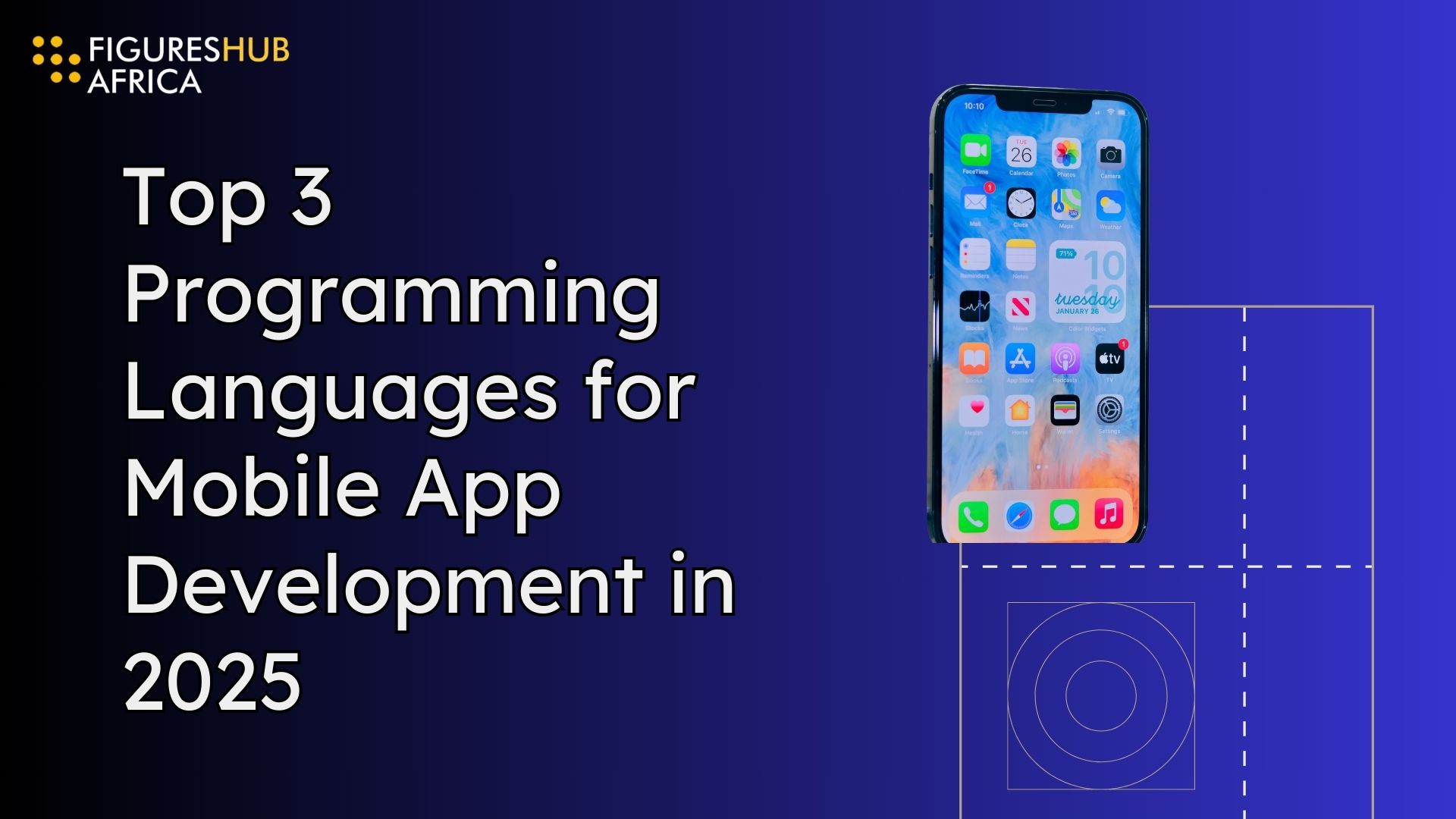Mobile app development continues to evolve in 2025, with developers seeking the best programming languages for building efficient, scalable apps. Whether you’re a beginner or an experienced developer, choosing the right language is crucial for success in the competitive mobile app market. Based on recent industry trends, Kotlin, Swift, and Dart stand out as the top three languages for mobile development. This article shows why these languages dominate the landscape and how they align with 2025’s technological advancements.
1. Kotlin: The Android Powerhouse
Why Kotlin? Backed by Google, Kotlin is the go-to language for Android development. Its modern features, like null safety, coroutines, and seamless Java interoperability, make it beginner-friendly and efficient.
Who Uses Kotlin? Big-name apps like Pinterest, Netflix, and Trello rely on Kotlin for smooth and secure Android experiences. The language also plays a crucial role in AI-driven app features, as noted by Intelegain, making it future-proof for personalized mobile experiences.
Pros:
✅ Modern, concise syntax
✅ Strong community support
✅ Google-backed with robust ecosystem
Cons:
❌ Smaller community than Java
❌ Some new developers may face a learning curve
📌 Best for: Android app development, AI-powered apps, scalable mobile solutions
2. Swift: iOS’s Preferred Choice
Why Swift? Developed by Apple, Swift is designed for fast, safe, and optimized iOS development. It integrates seamlessly with Xcode and is used by top companies like Lyft, Airbnb, and LinkedIn.
What Makes Swift Stand Out? Swift is memory-safe, highly performant, and intuitive, making it the best choice for resource-intensive iOS applications. Bhaval Patel, a director at Space-O Technologies, highlights Swift’s focus on safety and speed as its biggest strengths.
Pros:
✅ Fast execution with optimized memory management
✅ Backed by Apple with a thriving developer community
✅ Strongly typed and beginner-friendly
Cons:
❌ Limited to Apple’s ecosystem
❌ Smaller talent pool compared to Java
📌 Best for: Native iOS development, performance-critical apps, Apple ecosystem integration
3. Dart (with Flutter): The Cross-Platform King
Why Dart? Dart, used with Flutter, enables developers to write a single codebase for both iOS and Android. Its hot reload feature and expressive UIs make it ideal for rapid development and eye-catching designs.
Who’s Using Dart? Tech giants like Google Ads, Alibaba, and BMW leverage Dart with Flutter for high-performance cross-platform apps. As Space-O Technologies notes, Flutter is a game-changer, reducing development time and costs while maintaining a native feel.
Pros:
✅ Single codebase for Android & iOS
✅ Fast development with hot reload
✅ Great UI capabilities for visually rich apps
Cons:
❌ Still evolving, fewer libraries than JavaScript
❌ Performance may not match fully native apps
📌 Best for: Cross-platform development, UI-heavy apps, startups looking to save resources
Conclusion
Kotlin, Swift, and Dart dominate mobile app development in 2025. Whether you’re focusing on Android (Kotlin), iOS (Swift), or cross-platform solutions (Dart), these languages offer future-proof skills for app developers. With strong community support, AI capabilities, and efficiency-driven features, they empower developers to create innovative apps that meet industry demands. Start your journey today with FiguresHub to master these languages and thrive in tech.



